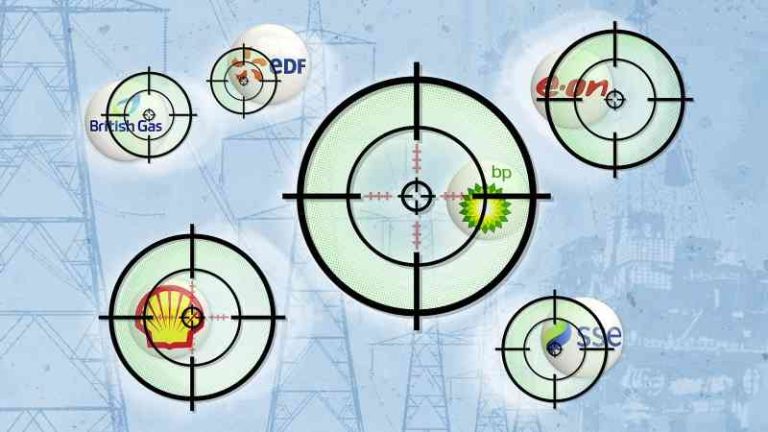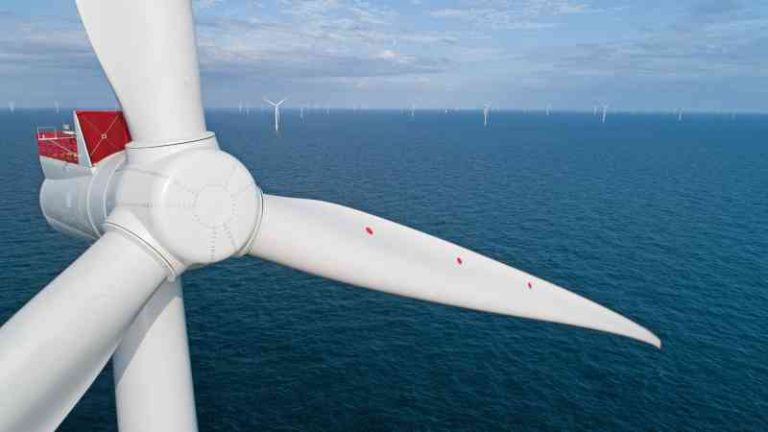I’m baffled by the charges on my £11k investment
Q. In 2000 I invested £3,500 in the Fidelity Moneybuilder Balanced Fund Isa (£134.61 was taken as a charge). Now, 24 years later, it is valued at £11,435. Investment performance in the year to May 2024 after charges was 1.92 per cent. Over the same 12 months I have paid a £90 service charge (it was £45 a year until February 2023) and investment charges for the year of £72.61. Each year I get a list of transactions that I can’t make any sense of. Maybe this is a lesson to never invest in an area you don’t understand. Can you help me work out what to do next?
People often ask what the “best” fund is, but sadly there is not a simple answer to this question. The best fund for someone with a high appetite for risk and a long time to wait will look very different to the best fund for someone with a cautious attitude and a requirement for income.
Investors who are targeting growth in value should typically aim for funds containing equities (stocks), while those with a need for income should consider funds containing other assets such as bonds, commercial property and infrastructure.
• Where should I save £370k from my house sale before I buy again?• Best investment platforms for beginners
If you are signed up to a DIY investment platform, you will need to make your own decision about what funds to invest in. Most of these platforms will break their available funds down into categories, which can make the selection process easier.
If you do not feel comfortable selecting investments for yourself, then you may wish to consider a robo-investing platform, such as Silo or Nutmeg. These will take you through a questionnaire to determine an appropriate risk level, and then automatically invest into a portfolio of funds on your behalf. You will be asked to complete the questionnaire again periodically, and your portfolio of funds will be adjusted if your answers change.
Measuring performance
Measuring how well your portfolio has performed will require you to select an appropriate benchmark, such as the S&P 500 index if you have a lot of American shares.
Many investment management companies use the Asset Risk Consultants (Arc) indices for performance benchmarking. These are compiled using real data from investment firms across the country, and the figures for the last year are available on their website.
Analysts such as Morningstar and Trustnet can be helpful for those wanting to check the performance of a fund. You can check a fund against a suitable benchmark over various timelines and see a breakdown of the underlying investments within each fund.
According to Morningstar, the Fidelity MoneyBuilder Balanced fund has underperformed its benchmark and other funds in its category over the last five years.
About 36 per cent of the Fidelity fund is invested in long-dated government bonds, which represent loans from investors to the government. They pay a fixed amount of annual interest called a coupon, and can be traded. When interest rates rise, bonds become less attractive due to their fixed coupons, and so their prices fall. Bonds with a long time until maturity are particularly sensitive to changes in interest rates, and these performed poorly in 2022 when interest rates rose.
Shares account for 63 per cent of the Fidelity fund. Crucially, the fund invests in UK shares only and the UK stock market has significantly underperformed the global market in recent years. The UK is lacking in “Big Tech”, which has been a key driver of growth, and UK stocks seem to have become less popular with investors since Brexit.
• Can I give my child a buy-to-let and reduce my inheritance tax bill?• Best stocks and shares Isas
Investment charges
Buying a fund via a platform will probably incur a platform charge as well as a fund charge. Actively managed funds, where a manager picks investments to try to beat a benchmark, will have higher charges than passive funds, which simply replicate the holdings of an index such as the FTSE 100 or S&P 500. Actively managed funds will generally cost about 1 per cent, while passive funds could cost as little as 0.1 per cent. It’s important to be aware of exactly what you are paying, and consider the performance of your investments after fees.
I can’t tell you what to do with your investment, it’s a personal decision. But start by comparing the fees, performance and holdings of your fund with similar offerings and that should help you reach a conclusion.
Rachel Winter is a chartered wealth manager and joined Killik & Co in 2012. She is a partner in its investment management team






